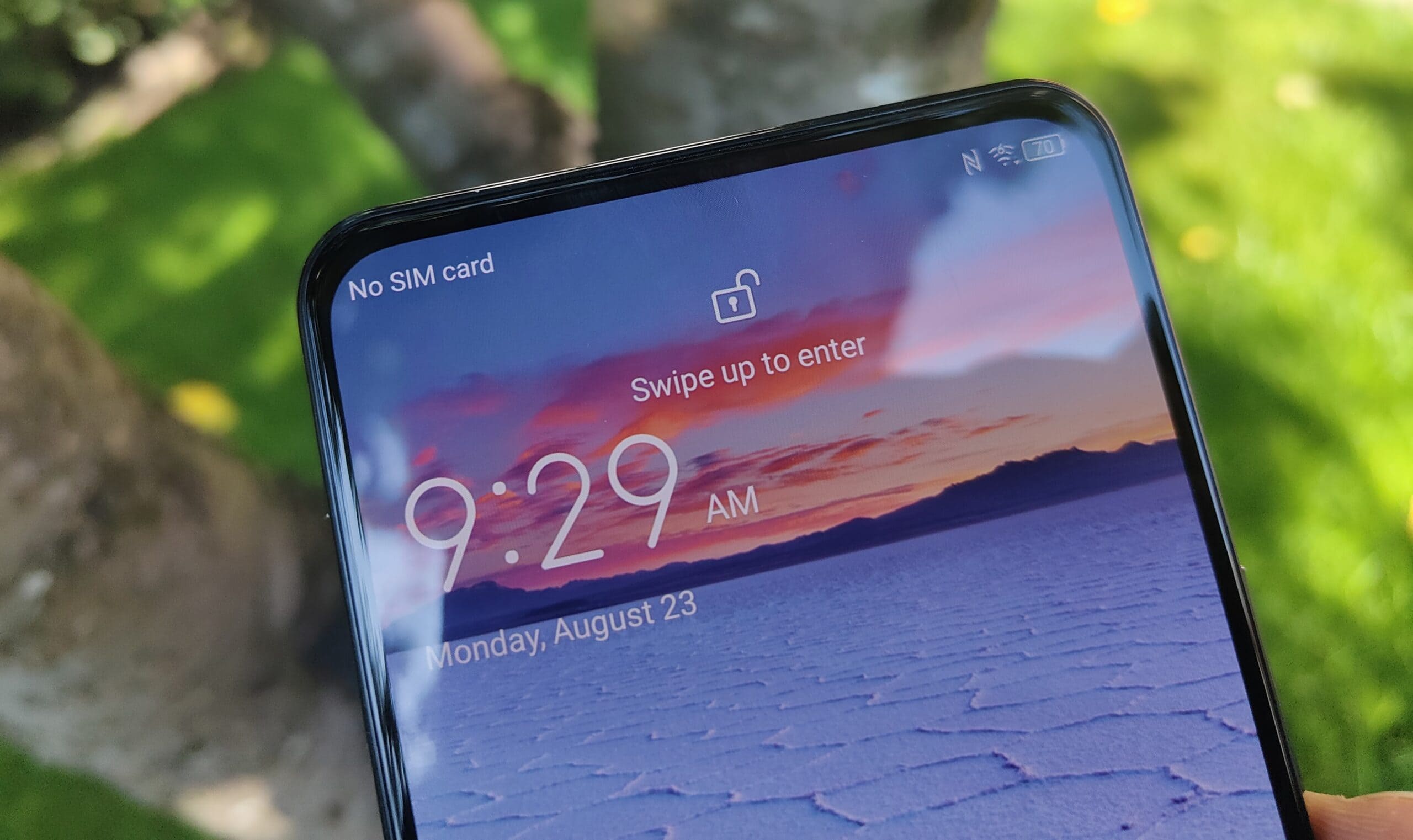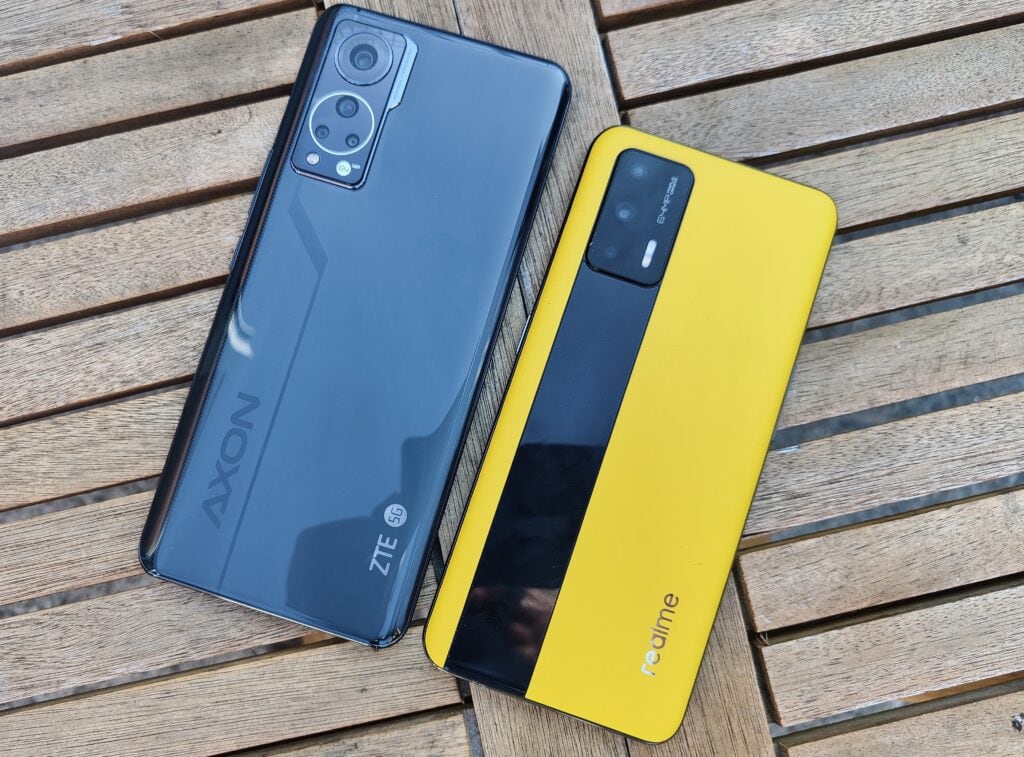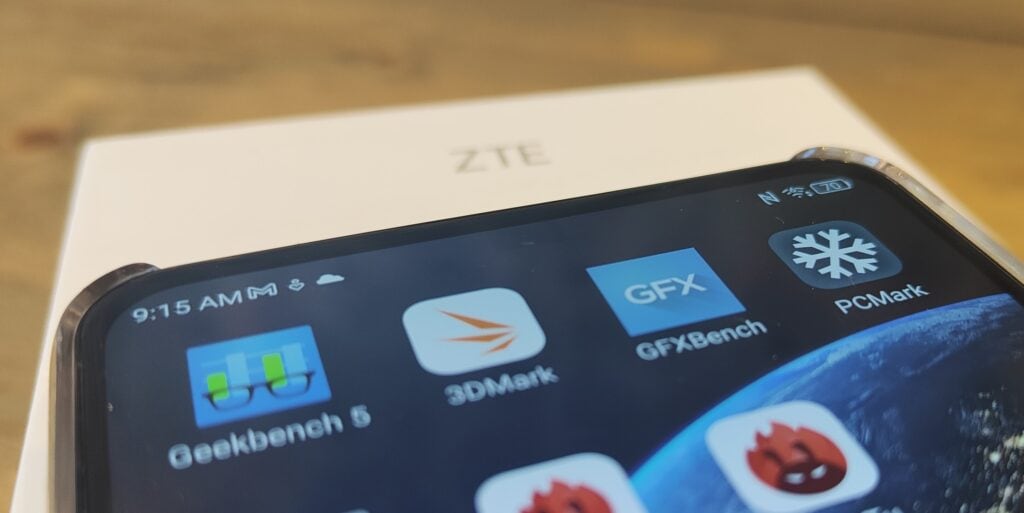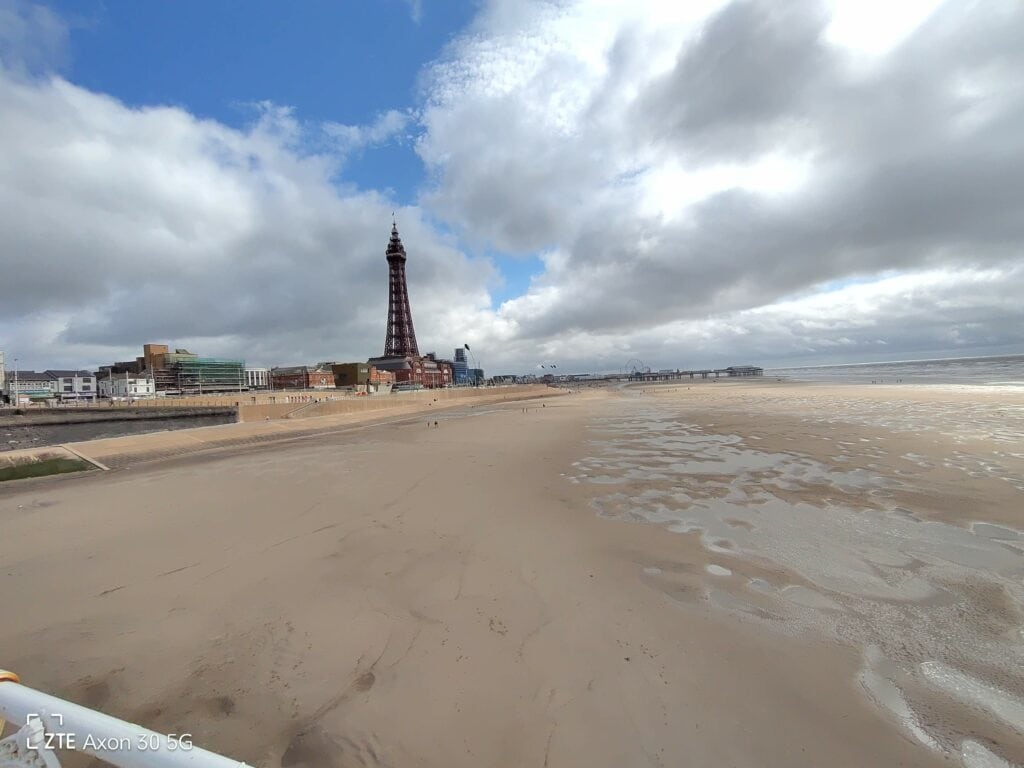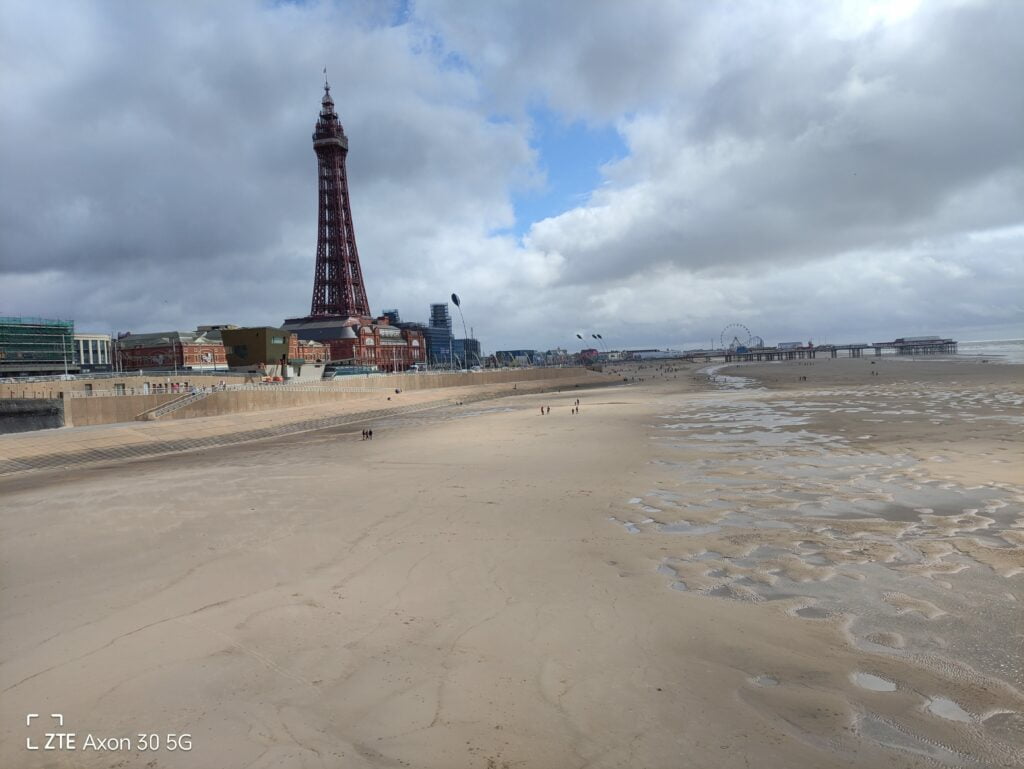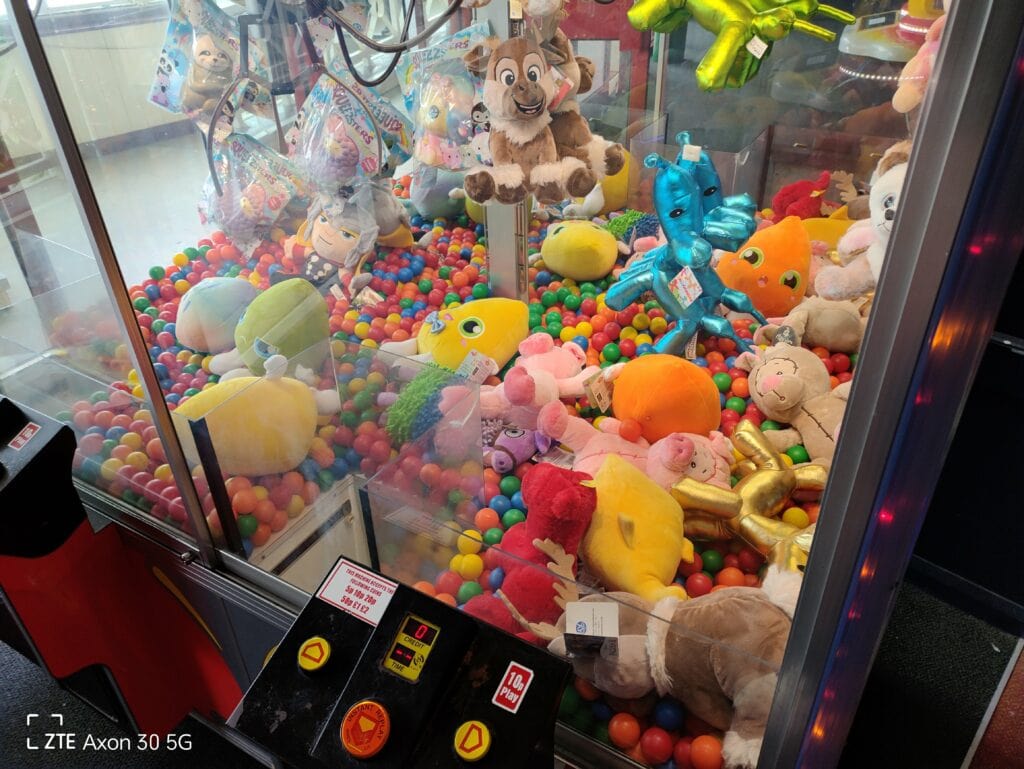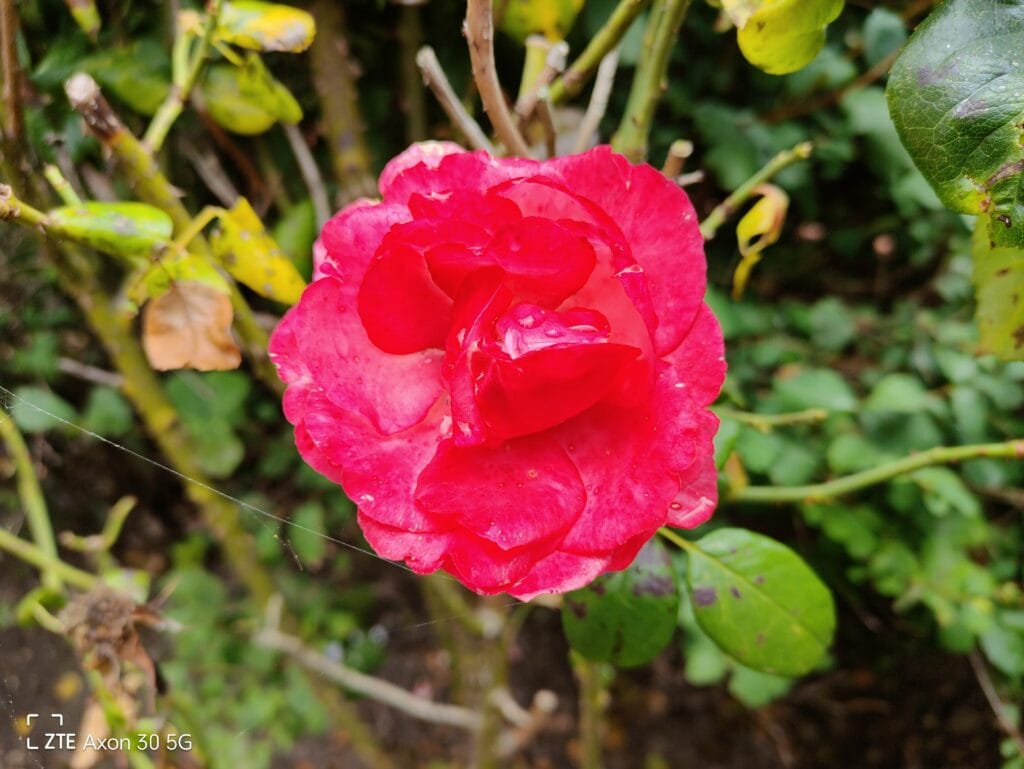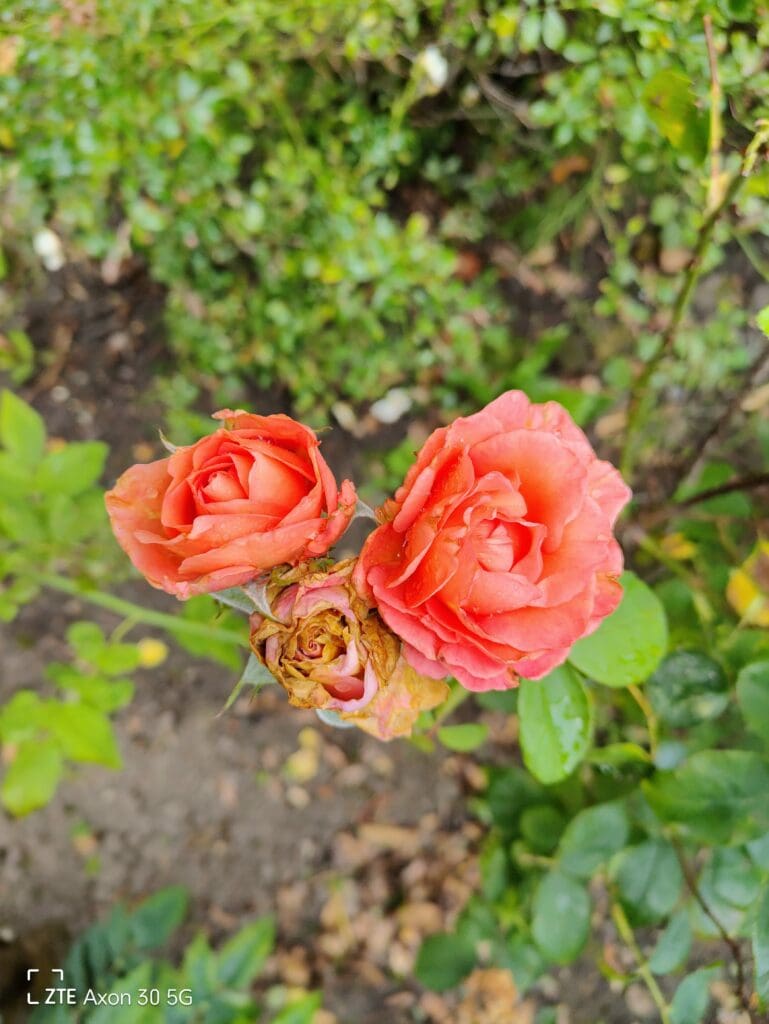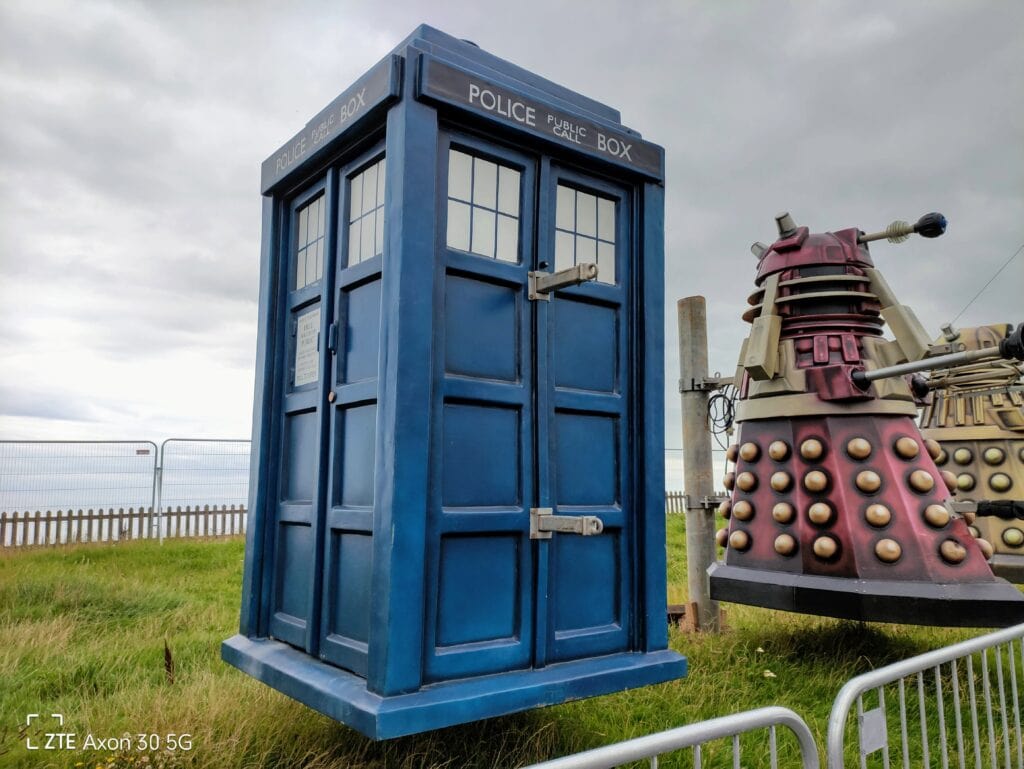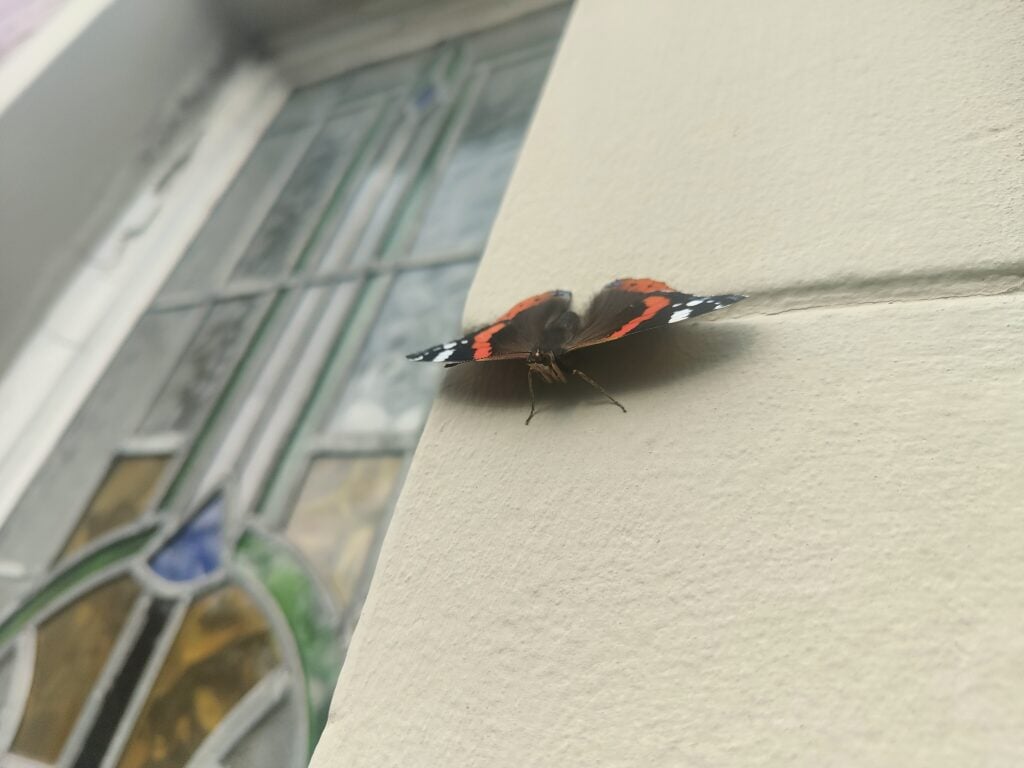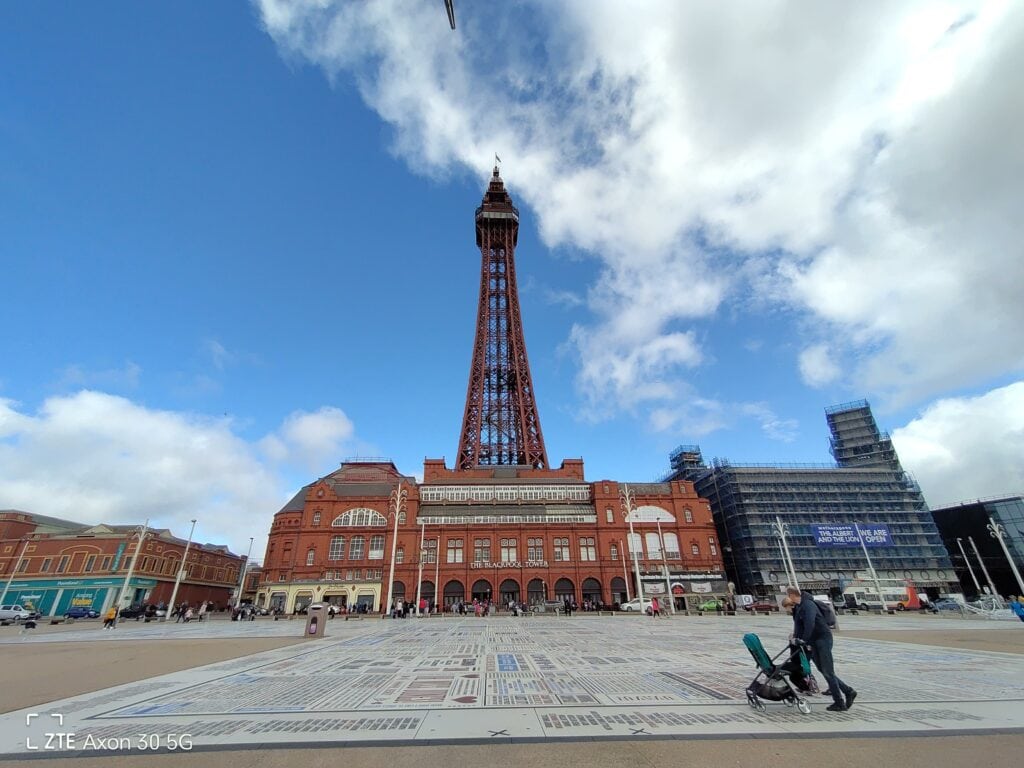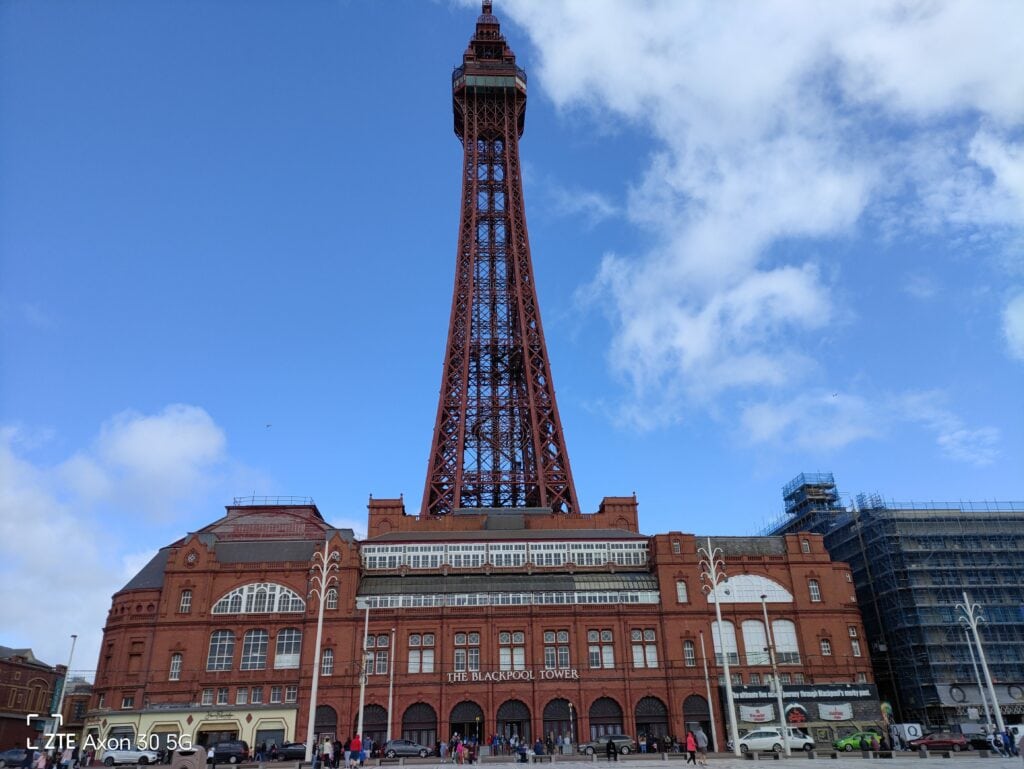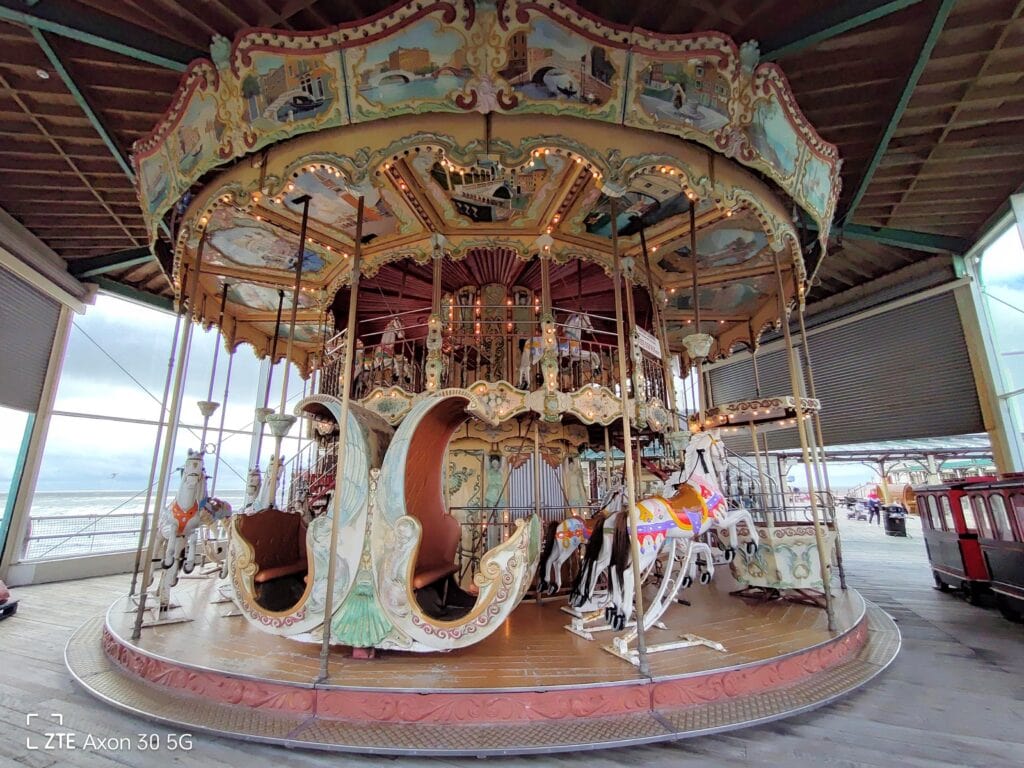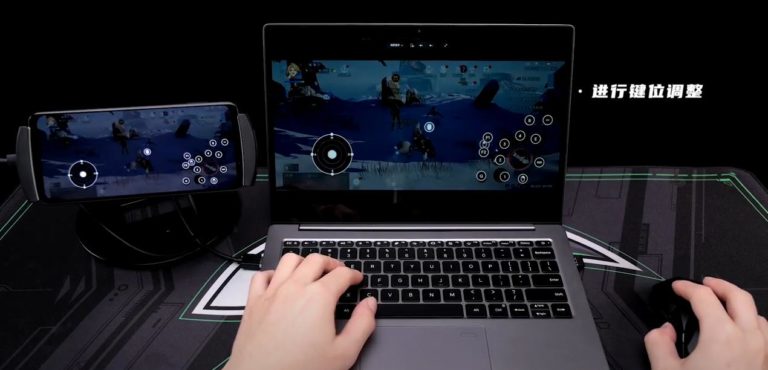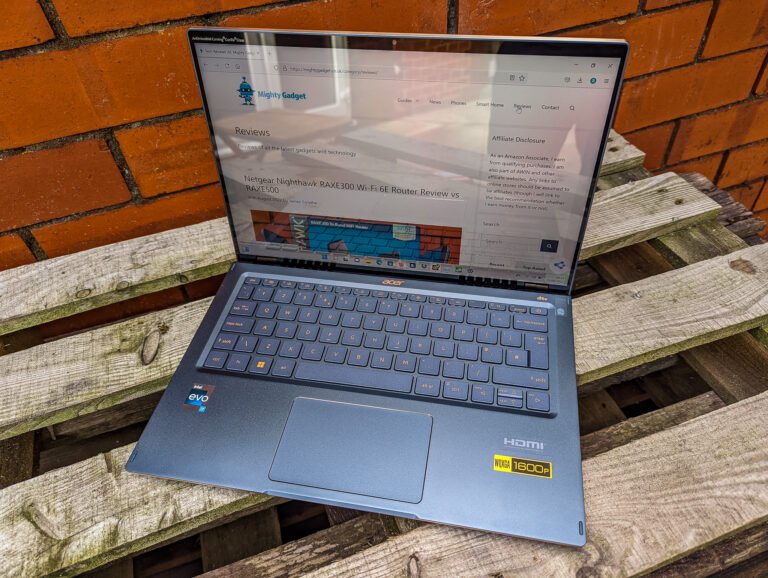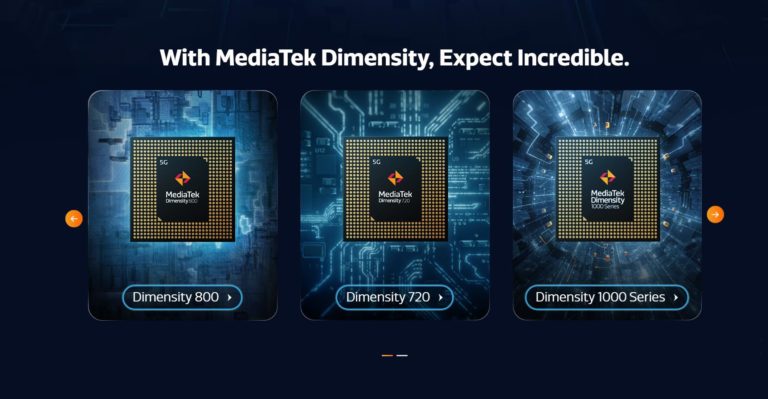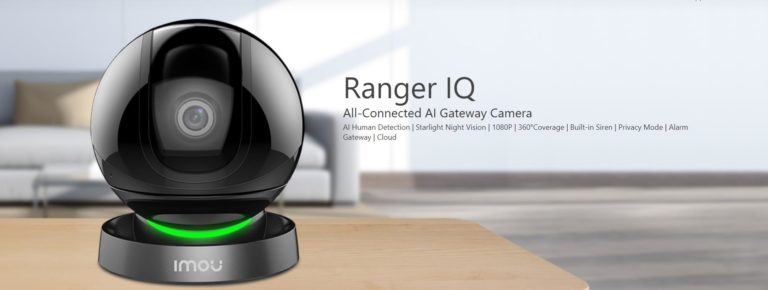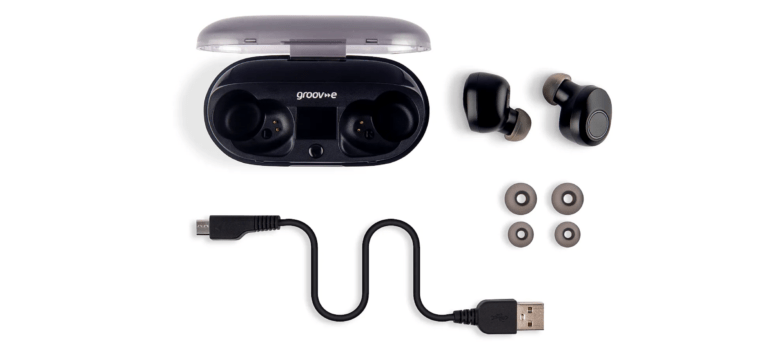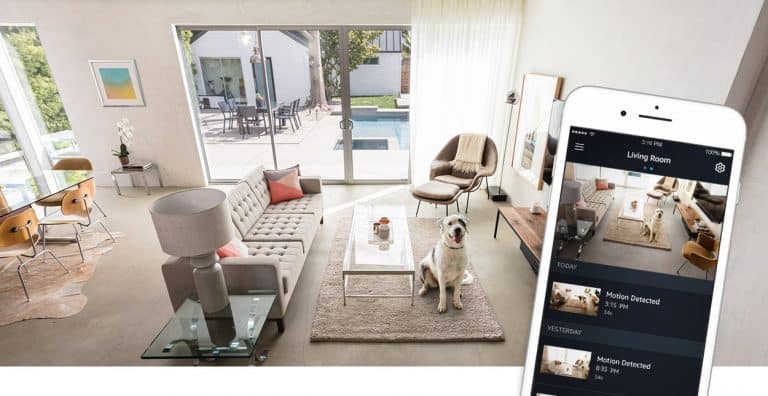Any links to online stores should be assumed to be affiliates. The company or PR agency provides all or most review samples. They have no control over my content, and I provide my honest opinion.
The ZTE Axon 30 Ultra has been available to buy in the UK direct from ZTE for a little while now. This has no been followed up by a more affordable ZTE Axon 30, which will be available to buy from the 9th of September for just £429.
It is quite an interesting phone, and it is the second phone from ZTE to launch with an under-display selfie camera. Unlike the £1600 Samsung Galaxy Z Fold3, which is 4MP and still perceptible if you look closely at the screen,
This new under-display camera is 16 MP and almost entirely imperceptible, which seems like quite a contrast to the £1600 Samsung Samsung Galaxy Z Fold3 that has a 4MP selfie camera and, on many photos online, is very visible.
Specification
- Display:6.92 inches, OLED, 1B colours, 120Hz 2400×1080
- Chipset: Qualcomm Snapdragon 870
- RAM: 8/12GB
- Storage: 128/256GB + microSD
- Rear Camera:
- 64 MP, f/1.8, 25mm (wide), 1/1.73″”, 0.8µm, PDAF
- 8 MP, f/2.2, 120˚, 16mm (ultrawide)
- 5 MP, f/2.4, (macro)
- 2 MP, f/2.4, (depth)
- Front Camera: 16 MP, f/2.0, (wide), under display
- Battery: 4200mAh with 55W Fast charging QC4+
- Price: From £429
ZTE Axon 30 vs OnePlus Nord 2 vs Realme GT Explorer Master
The ZTE Axon 30 is priced around the same as two other excellent phones that have been launched recently. If your budget is about £400, I think these are the best three options right now, but how do they compare?
| ZTE Axon 30 | OnePlus Nord 2 | Realme GT Explorer Master | |
| Display | 6.92 inches | 6.43 inches | 6.55 inches (89.3% screen-to-body ratio) |
| OLED, 1B colours, 120Hz | Fluid AMOLED, 90Hz | Curved AMOLED, 120Hz, 1100 nits (peak) | |
| 2400×1080 | 2400×1080 | 2400×1080 | |
| Chipset | Qualcomm Snapdragon 870 | Mediatek Dimensity 1200 | Qualcomm Snapdragon 870 |
| RAM | 8/12GB | 8/12GB | 8GB/12GB |
| Storage | 128/256GB + microSD | 128GB/256GB | 128GB/256GB |
| Rear Camera | 64 MP, f/1.8, 25mm (wide), 1/1.73″, 0.8µm, PDAF 8 MP, f/2.2, 120˚, 16mm (ultrawide) 5 MP, f/2.4, (macro) 2 MP, f/2.4, (depth) | 50 MP, f/1.9, 24mm (wide), 1/1.56″, 1.0µm, PDAF, OIS 8 MP, f/2.3, 119˚ (ultrawide) 2 MP, f/2.4, (monochrome) | 50 MP, f/1.9, 24mm (wide), 1/1.56″, 1.0µm, omnidirectional PDAF, OIS 16 MP, f/2.2, 14mm, 123˚ (ultrawide), 1/3.09″, 1.0µm 2 MP, f/2.4, (macro) |
| Front Camera | 16 MP, f/2.0, (wide), under display | 32 MP, f/2.5, (wide), 1/2.8″, 0.8µm | 32 MP, f/2.5, 26mm (wide), 1/2.74″, 0.8µm |
| Battery | 4200mAh | 4500 mAh | 4500 mAh |
| 55W Fast charge QC4+ | 65W charging | 65W charging | |
| Price | From £429 | From £399 | From 499-Euros (About £429) |
Design & Display
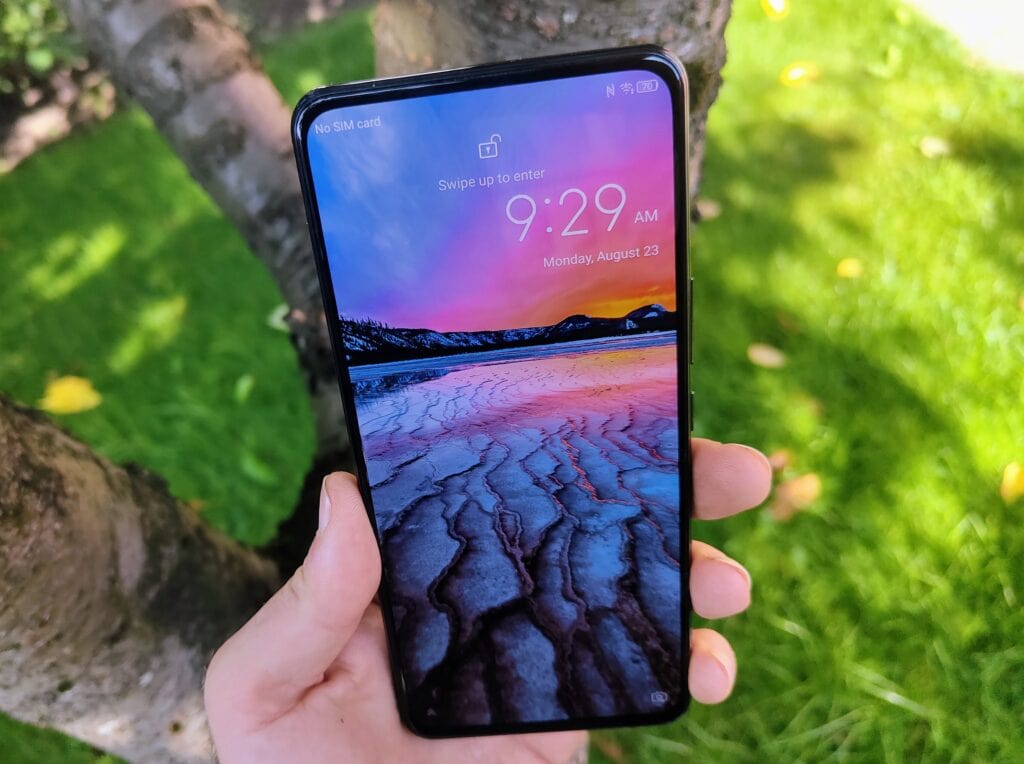
The two stand out features of this phone is the under-display selfie camera and the fact that this is a 6.92-inch display. This makes the ZTE Axon 30 the largest (none foldable) phone launched this year which should be important in your decision-making process when buying it (for or against).
It sounds gigantic, but it doesn’t feel much larger than normal in your hand. However, it does limit one-handed use, the added 5mm width compared to other phones means my thumb can’t quite reach the left side of the display. You then have an extra 10mm in height compared to most phones.
I quite like it, though, and large displays are fantastic for gaming or watching media.
The rear of the phone is grey glossy plastic with some design flourished on it and a little too much branding for my liking. The camera arrangement is interesting, they have separated the primary camera in a massive circle not dissimilar to the Honor 30 Pro.
As for the under-display camera, I love it. I don’t really do selfies in the first place, so I don’t have much need for the camera to be there
If I look straight at the phone, it is basically invisible. Maybe because I know something is there, it feels like I can see a slight blemish, but it is only when I really try and see the camera. Lying the phone down flat on a table and looking at it from a seated position, you can quite clearly see a little rectangle.
It is certainly impressive. Even though I say I love it, I was never particularily offended by notches or punch holes the same way some people are. Depending on how strongly you feel about them could be quite a big factor in opting for this or one of the other £400 phones I have discussed in this review.
Another feature this phone has that many others don’t is expandable storage. This can save you quite a bit of money by opting for the lower-spec model. I can’t say 8GB, or 12GB of RAM makes a huge difference to my life when using a phone, but having lots of cheap storage is beneficial (mainly for photos, videos and offline playlists).
Camera
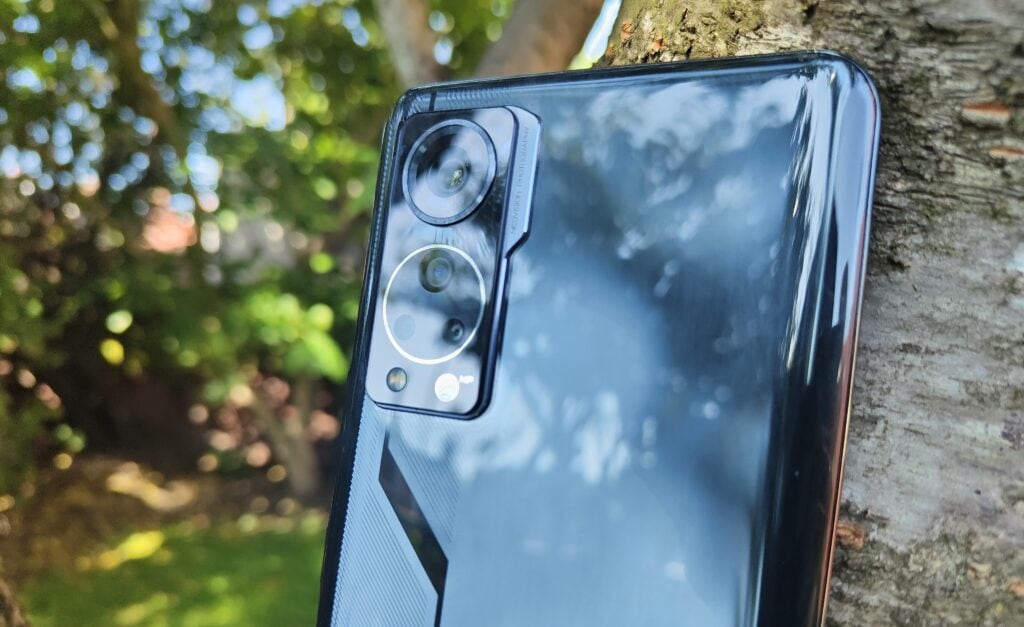
The primary sensor appears to be the Sony IMX682 which is a couple of years old now, it is a decent sensor, but it has been predominantly used on a mid-range phone. The Realme 7 and Poco X3 being two notable phones that use it, plus the Redmagic 6R.
The Sony IMX682 is very similar to the Sony IMX686 used on the flagship ZTE Axon 30 Ultra, however, it doesn’t have the same optical image stabilisation, which will make it harder to achieve consistently good shots.
You then have the generic 8MP ultrawide, which is used on most none flagship phones, plus the two ubiquitous useless sensors, a macro and depth.
The primary camera is competent and good enough for most users. Colours are quite muted rather than the over-exaggerated hues the Realme GT Master had. This does perhaps makes things look a bit more boring, but it is also more accurate. Looking at some sample shots side by side vs the Realm, the ZTE seemed to be able to produce more constant shots via the main camera. In particular, the dynamic range is superior with ZTE handling the poor weather and the darker spots it created better
Camera Samples
The review continues on page 2
I am James, a UK-based tech enthusiast and the Editor and Owner of Mighty Gadget, which I’ve proudly run since 2007. Passionate about all things technology, my expertise spans from computers and networking to mobile, wearables, and smart home devices.
As a fitness fanatic who loves running and cycling, I also have a keen interest in fitness-related technology, and I take every opportunity to cover this niche on my blog. My diverse interests allow me to bring a unique perspective to tech blogging, merging lifestyle, fitness, and the latest tech trends.
In my academic pursuits, I earned a BSc in Information Systems Design from UCLAN, before advancing my learning with a Master’s Degree in Computing. This advanced study also included Cisco CCNA accreditation, further demonstrating my commitment to understanding and staying ahead of the technology curve.
I’m proud to share that Vuelio has consistently ranked Mighty Gadget as one of the top technology blogs in the UK. With my dedication to technology and drive to share my insights, I aim to continue providing my readers with engaging and informative content.

